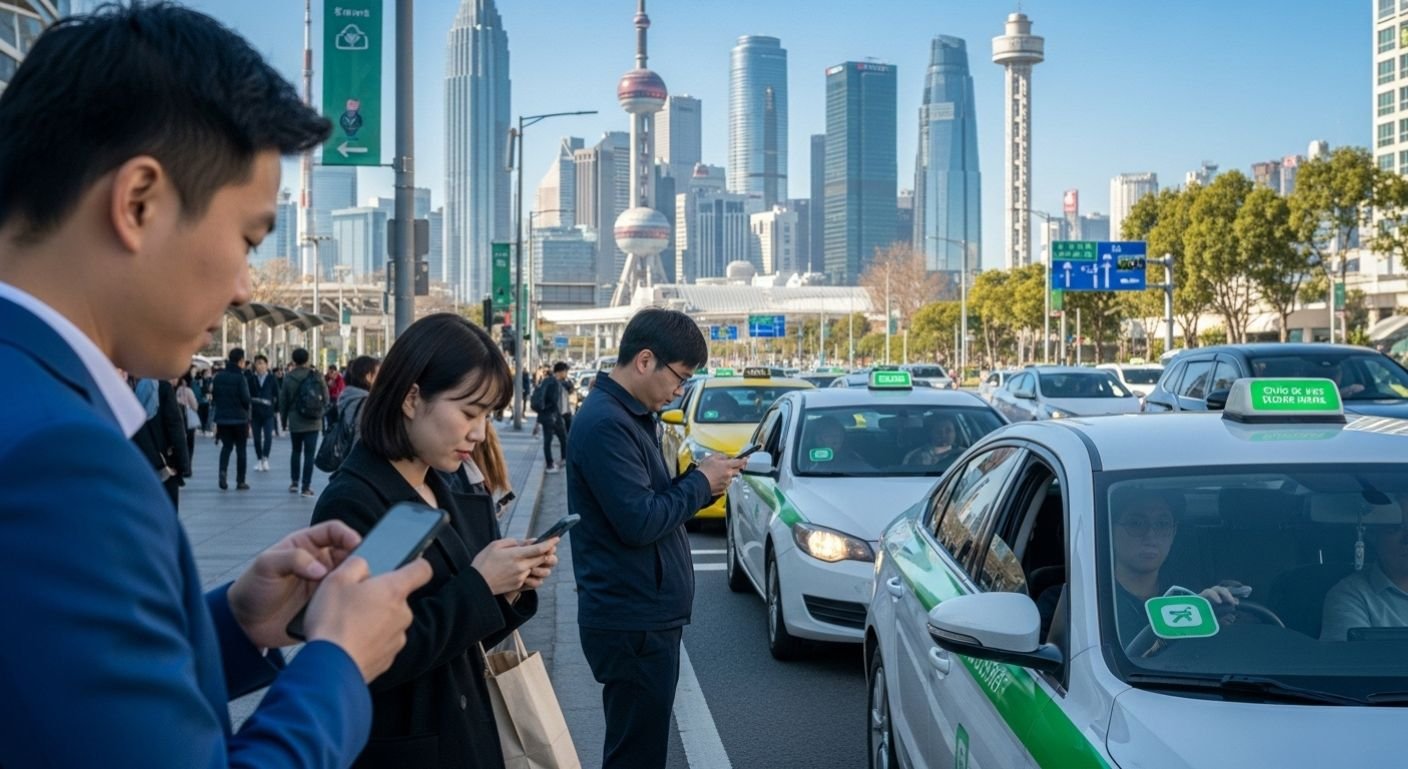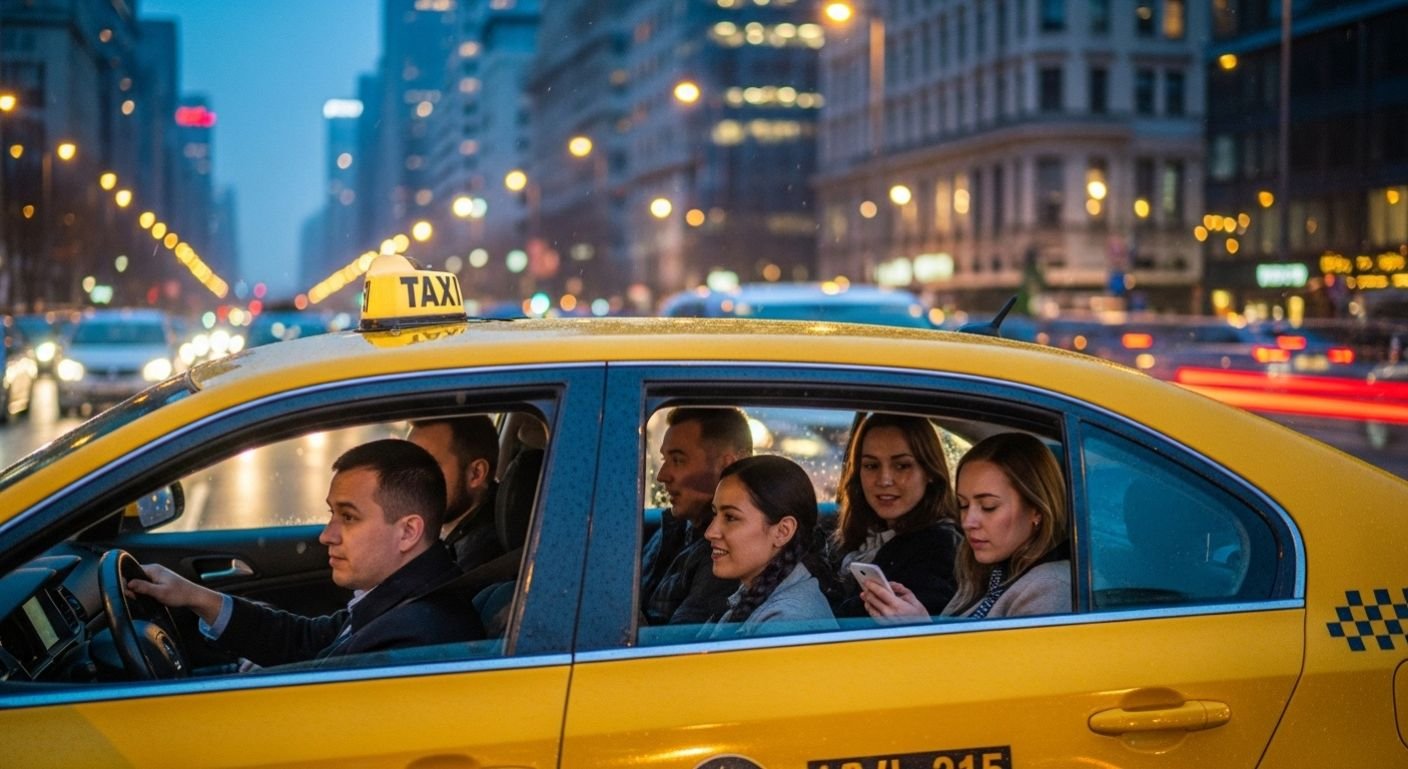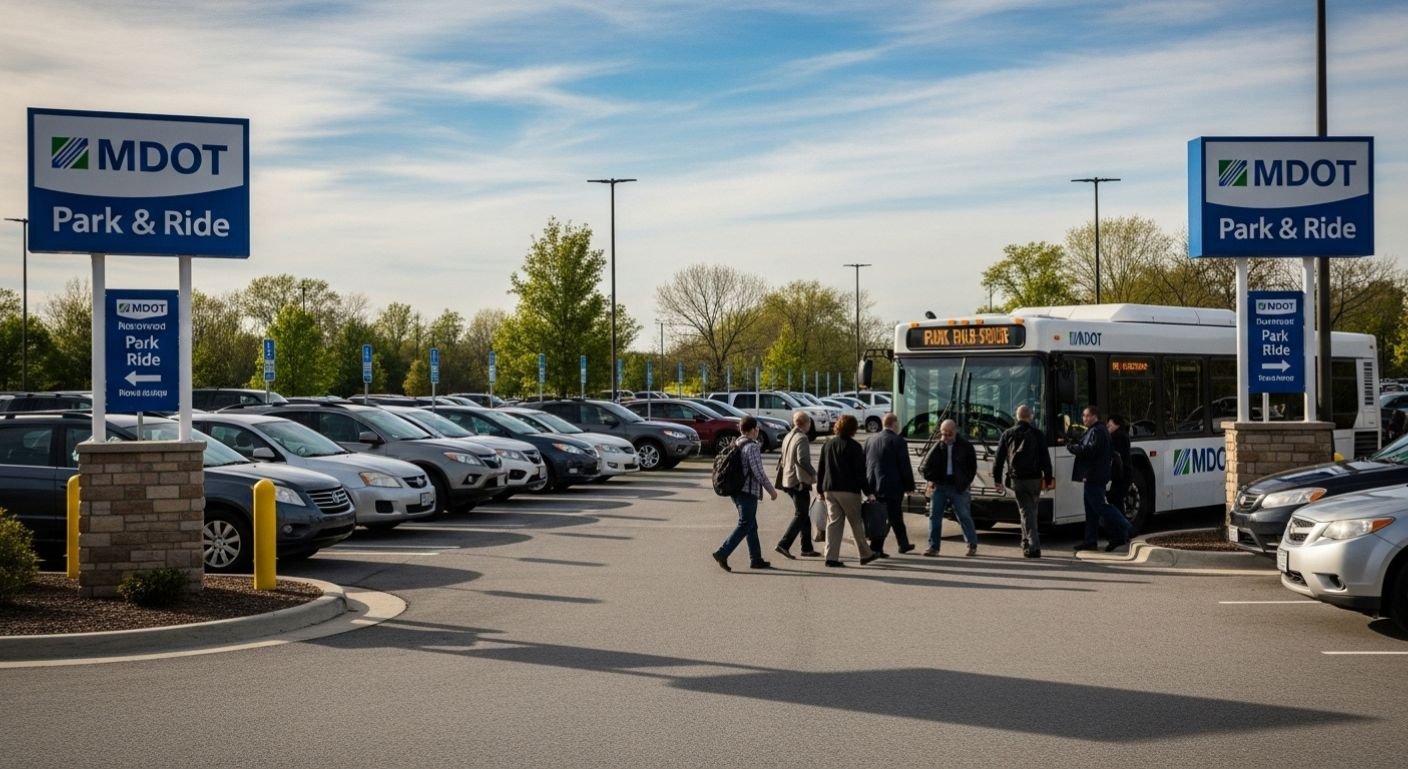Contents
Introduction to Ride-Sharing
Ride-sharing has transformed the way we travel, making transportation more accessible and convenient than ever before. Whether you’re heading to work, catching a flight, or going out for a night on the town, ride-sharing services offer a seamless solution at your fingertips. No longer do you have to rely solely on taxis or public transport; with just a few taps on your smartphone, you can summon a ride tailored to your needs.
But what exactly is ride-sharing? How did it come about? And why has it become such an integral part of our daily lives? Let’s dive into everything there is to know about modern ride-sharing and uncover how it’s reshaping urban mobility as we know it.
History of Ride-Sharing
The concept of ride-sharing isn’t as modern as it seems. Its roots can be traced back to the early 20th century when carpooling became popular during World War II. Gas rationing prompted people to share rides, making efficient use of limited resources.
Fast forward to the late 2000s, technology transformed this age-old practice. Companies like Uber and Lyft emerged, revolutionizing urban transportation with smartphone apps that made hailing a ride effortless.
These platforms allowed users to connect directly with drivers in real time. The convenience appealed tremendously, leading to rapid growth across cities worldwide.
Ride-sharing expanded beyond simple taxi alternatives. It now includes options for shared bikes and scooters, creating an ecosystem that caters to diverse commuting needs while promoting sustainability in urban environments.
How Does Ride-Sharing Work?
Ride-sharing operates through a simple yet effective system. Users download an app, create an account, and link their payment method. This technology makes hailing a ride as easy as tapping your phone.
Once you request a ride, the app uses GPS to locate nearby drivers. You’ll see estimated arrival times along with driver details. Transparency builds trust.
After confirming the ride, you’ll be matched with a nearby driver who will navigate to your location using in-app directions. The map updates in real-time so you can track progress.
Upon reaching your destination, fare calculations are automatically processed through the linked payment method; cash is often unnecessary. Ratings and reviews allow users to share experiences and maintain quality service across the platform.
Ride-sharing thrives on user feedback and data analysis, constantly refining how rides are requested and delivered for efficiency and convenience.
Benefits of Ride-Sharing
Ride-sharing offers a convenient solution for many people. With just a few taps on your smartphone, you can request a ride and be on your way in minutes.
Cost-effectiveness is one of its biggest draws. You save money compared to traditional taxis and avoid parking fees altogether.
Flexibility plays a key role too. Whether it’s early morning or late at night, there’s generally always someone ready to pick you up.
Environmental benefits are noteworthy as well. Carpooling helps reduce traffic congestion and lowers carbon emissions, which contributes positively to the planet.
Ride-sharing platforms often provide user-friendly apps that make tracking rides easy. This enhances customer experience by allowing users to know their driver’s location in real time.
When you think of rideshare companies, the names Uber and Lyft likely come to mind first. They dominate the market with their user-friendly apps and wide availability. Riders can easily request a ride at any time, making them convenient options for many.
Then there’s Bolt, which has gained traction in Europe and beyond. It often offers competitive pricing that appeals to budget-conscious travelers looking for reliable transport without breaking the bank.
For those seeking eco-friendly alternatives, consider services like BlaBlaCar or Zipcar. These platforms focus on carpooling or vehicle sharing, promoting sustainability while helping users save money.
Regional players such as Grab in Southeast Asia provide localized experiences tailored to specific areas. Different cities may offer unique choices based on local culture and transportation needs. Each service brings something special to the table!
When using ride-sharing services, safety should always come first. Before getting into a vehicle, verify the driver’s name and photo through the app. Ensure it matches what you see when they arrive.
Trust your instincts. If something feels off or uncomfortable, don’t hesitate to cancel the ride and request another one.
Share your trip details with a friend or family member. Most apps offer features that allow you to share location updates in real-time.
Sit in the back seat whenever possible. This gives you more space and keeps you at a safe distance from the driver.
Be aware of your surroundings as you enter and exit vehicles. Avoid distractions like looking at your phone until you’re safely inside.
Report any suspicious behavior to the ride-sharing company immediately for further investigation. Your safety is paramount; take proactive steps to protect yourself on every journey.
Also Read Related Post:
Taxi Pool – What It Is and How It Works for Commuters
The Future of Ride-Sharing
The future of ride-sharing is poised for a technological revolution. With advancements in artificial intelligence, we might see even smarter algorithms that optimize routes and reduce wait times significantly.
Electric vehicles are set to take center stage, aligning with global sustainability goals. Many companies are investing in electric fleets, which could transform urban transportation landscapes.
Autonomous driving technology also holds promise. Imagine hailing a self-driving car at the push of a button; this vision may soon be reality. This shift could reduce traffic congestion and lower accident rates.
Additionally, integrating public transport systems with ride-sharing apps will provide seamless mobility options. Users may book rides that connect directly to train or bus services, enhancing overall convenience.
As regulations evolve, we can expect more structured frameworks ensuring safety and fairness in pricing while promoting competition among service providers. The landscape continues to change rapidly as consumer preferences adjust alongside these innovations.
FAQ
Ride-sharing can raise many questions for newcomers and seasoned users alike. Here are some frequently asked queries to help navigate this modern service.
What is the difference between ride-sharing and traditional taxis? Ride-sharing typically operates through mobile apps, allowing passengers to book rides with just a few taps. Traditional taxis often rely on street hailing or phone calls.
Are there age restrictions for riders? Most services require riders to be at least 18 years old, although minors can travel with an adult.
How do fares get calculated? Fares generally depend on distance, time of day, and demand levels. Surge pricing may apply during peak hours or events.
What should I do if I leave something in the car? If you forget an item, use the app’s lost-and-found feature or contact your driver directly through the platform for assistance.
Conclusion
Ride-sharing has transformed the way we think about transportation. From its humble beginnings to a booming industry, it continues to evolve and adapt. The convenience of hailing a ride at your fingertips is something many now take for granted.
As more companies enter the market and technology advances, users can expect an even wider range of services and features. Ride-sharing offers flexibility, affordability, and accessibility that traditional methods often lack.
However, it’s essential for riders to remain vigilant about safety while enjoying the benefits this service provides. Implementing simple precautions can enhance your experience significantly.
The future looks bright for ride-sharing as cities embrace new mobility solutions. Whether you’re a frequent traveler or someone who occasionally needs a lift, understanding ride-sharing will enrich your journey every time you step into a vehicle shared with another passenger or driver.
Stay informed, stay safe, and enjoy what modern transport has to offer!




